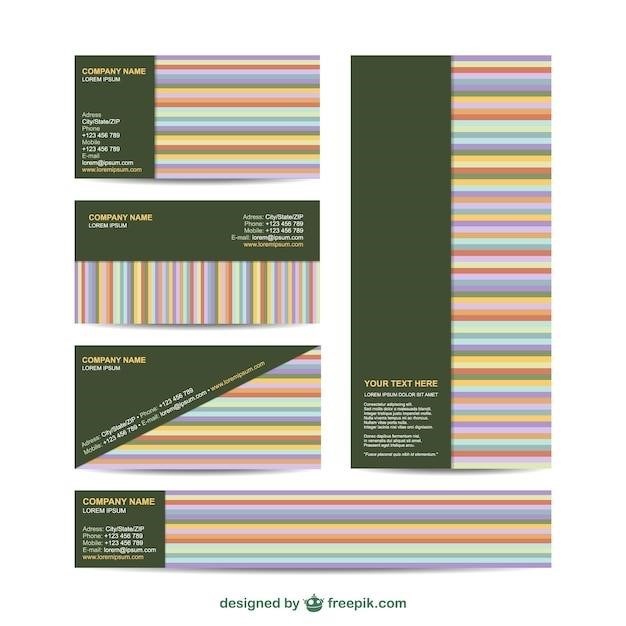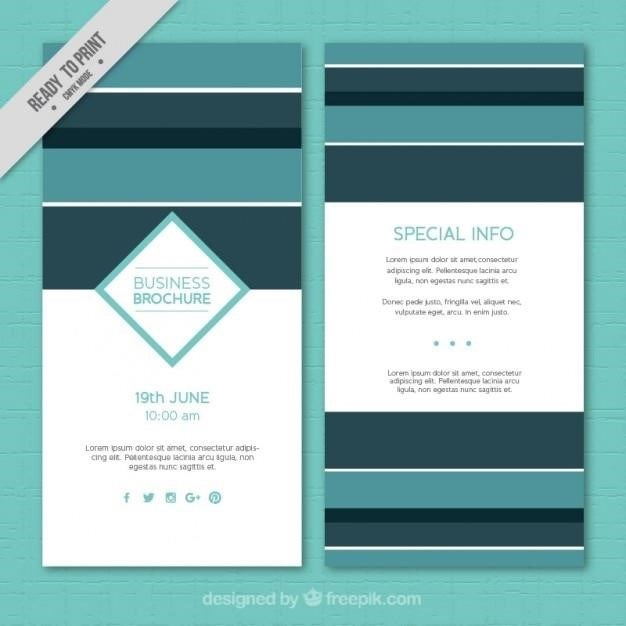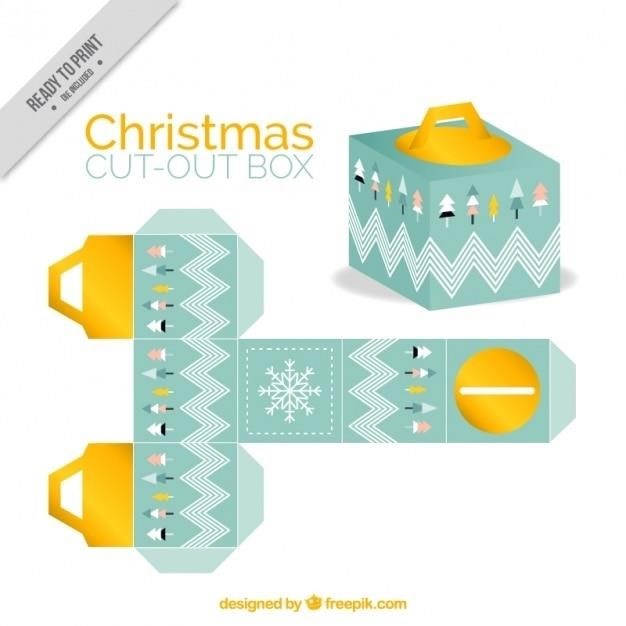What is a WRAP Plan?
A Wellness Recovery Action Plan (WRAP) is a personalized, structured tool empowering individuals to proactively manage their mental health. It’s a self-designed plan for maintaining well-being and improving quality of life, focusing on personal responsibility and self-advocacy. Mini WRAP plans offer focused strategies for specific situations or challenges, providing a concise and manageable approach to wellness.
Definition and Purpose
A Wellness Recovery Action Plan (WRAP) is a personalized guide designed to help individuals manage their mental health and overall well-being. It’s a proactive approach, empowering users to identify their strengths and develop strategies for maintaining stability and coping with challenges. A mini WRAP plan, a smaller, more focused version of a full WRAP, targets specific situations or short-term goals. This streamlined approach allows individuals to address particular stressors or life events with tailored strategies, making it more accessible and manageable. The purpose is to create a personalized toolkit of coping mechanisms, early warning sign recognition, and action plans for maintaining well-being and navigating difficult times. Mini WRAPs provide a practical, concise method for achieving specific wellness goals.
Key Components of a WRAP Plan
While a full WRAP encompasses several sections, a mini WRAP typically focuses on key elements. These include a personalized “Wellness Toolbox” listing resources and coping skills (relaxation techniques, support networks, healthy activities). A crucial component is identifying “early warning signs”—subtle indicators suggesting a potential decline in well-being. Next, an “action plan” outlines proactive steps to take when these signs appear, preventing escalation. This might include adjusting routines, seeking support, or employing specific coping strategies. Finally, a mini WRAP often includes a “crisis plan,” detailing steps to take if symptoms worsen significantly. This might involve contacting a support person, seeking professional help, or utilizing emergency services. This focused approach ensures the plan remains concise and manageable, facilitating easy implementation and consistent use.

Creating Your Mini WRAP Plan
Start by brainstorming your wellness tools and daily maintenance strategies. Then, pinpoint early warning signs and develop corresponding action plans. Consider including a crisis plan for emergencies.
Identifying Your Wellness Tools
The foundation of your mini WRAP plan lies in identifying your personal wellness tools—the strategies and resources that support your mental and emotional well-being. This involves introspection and honest self-assessment. What activities, practices, or relationships consistently uplift you? Do you find solace in nature, creative pursuits, physical exercise, or social connection? Perhaps meditation, journaling, or listening to calming music helps you manage stress. Consider practical resources like support groups, therapists, or trusted friends and family members who offer encouragement and understanding. Include specific coping mechanisms, such as deep breathing exercises, progressive muscle relaxation, or engaging in hobbies you enjoy. The key is to create a comprehensive list of readily accessible resources that help you maintain stability and manage challenges effectively. Remember to be specific, listing concrete actions rather than general ideas, making your plan easily actionable.
Developing a Daily Maintenance Plan
Once you’ve compiled your wellness toolbox, the next step is to create a daily maintenance plan within your mini WRAP. This plan outlines the regular activities and practices that contribute to your overall well-being. Think about your daily routine and identify areas where you can incorporate your wellness tools. This might involve scheduling time for exercise, meditation, or connecting with loved ones. Perhaps you’ll commit to a healthy diet, ensuring regular meals and sufficient hydration. Include strategies for managing stress, such as time management techniques or setting boundaries. Consider incorporating mindfulness practices into your day, even in small ways, like paying attention to your breath during moments of stress. The goal is to establish a consistent routine that supports your mental and emotional stability. This proactive approach helps prevent the escalation of symptoms and promotes a sense of control over your well-being. Remember, consistency is key; even small, regular actions contribute significantly to long-term well-being.
Utilizing Your Mini WRAP Plan
Regularly review and adjust your mini WRAP plan as needed. Proactive use is key to its effectiveness in maintaining well-being and managing challenges.
Recognizing Early Warning Signs
A crucial element of any effective WRAP plan, including mini versions, is the identification of personal early warning signs. These are subtle indicators suggesting a potential decline in mental well-being before a full-blown crisis occurs. Recognizing these subtle shifts is paramount to preventing escalation. Common early warning signs can include changes in sleep patterns, appetite fluctuations, increased irritability or anxiety, difficulty concentrating, social withdrawal, and a decline in self-care practices. The specific signs will vary from person to person, making personalized identification essential. Within your mini WRAP plan, dedicate space to listing your unique early warning signs, detailing both physical and emotional symptoms. The more detailed and specific you are, the easier it will be to recognize them when they arise. This proactive approach is vital for timely intervention, preventing minor issues from spiraling into major crises. Regularly review and update this section, as early warning signs can change over time.
Implementing Your Action Plan
Once you’ve identified your early warning signs within your mini WRAP plan, the next critical step is outlining a detailed action plan. This plan should specify concrete steps to take when those early warning signs appear. These actions should be proactive and focus on self-care strategies and coping mechanisms. Examples include engaging in relaxing activities such as meditation or spending time in nature, connecting with supportive friends or family members, or practicing stress-reduction techniques like deep breathing exercises. Your action plan might also involve seeking professional help, such as contacting a therapist or psychiatrist. Crucially, the action plan should be personalized to your specific needs and preferences, making it practical and effective for you. List specific actions, clearly outlining steps to take at each stage of concern. The more detailed the plan, the more readily you can implement it when needed. Regularly review and update your action plan as your needs and circumstances evolve, ensuring it remains relevant and helpful in managing your mental well-being.

Accessing WRAP Plan Templates
Numerous websites offer downloadable PDF templates for creating your own WRAP plan. Online editors also provide customizable options, allowing you to tailor your plan to your specific needs. Explore various resources to find the best fit for you.
Finding Printable PDF Templates Online
The internet provides a wealth of resources for readily accessible WRAP plan templates in PDF format. A simple online search will yield numerous results, offering a variety of templates catering to different needs and preferences. Some websites dedicated to mental health and wellness offer free downloadable templates, often featuring clear instructions and helpful guidance. Others might offer more comprehensive, structured templates, sometimes with additional features or sections. Remember to carefully review the content of any template before using it to ensure it aligns with your individual requirements and goals. Consider factors like ease of use, comprehensiveness, and the overall format to select a template that best suits your personal style and preferences. Look for templates that are clearly organized and easy to understand, allowing for efficient completion and implementation of your personal WRAP plan.
Utilizing Online WRAP Plan Editors
Online platforms offer convenient tools for creating and managing WRAP plans digitally. These online editors provide a user-friendly interface, often allowing for easy customization and personalization of pre-designed templates. Features may include drag-and-drop functionality, text formatting options, and the ability to add images or other media. Some platforms offer collaborative features, enabling you to share your plan with others involved in your support network, such as therapists or family members. The ability to save and access your plan online eliminates the need for physical storage, enhancing accessibility and convenience. Many online editors offer different export options, allowing you to download your completed plan in various formats, including PDF, for easy printing or sharing. The choice of online editor depends on your specific needs and preferences; compare features and user reviews to find the best fit for your individual workflow.
